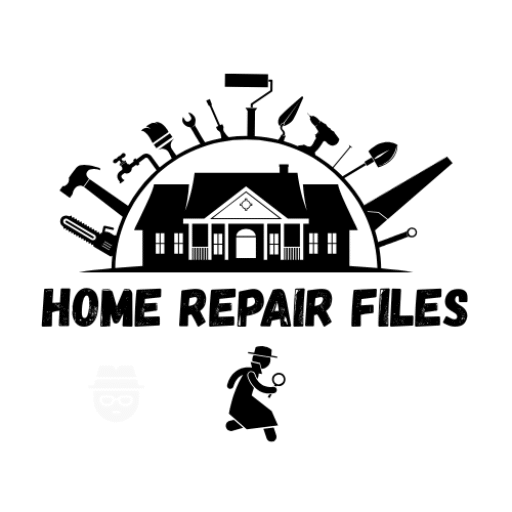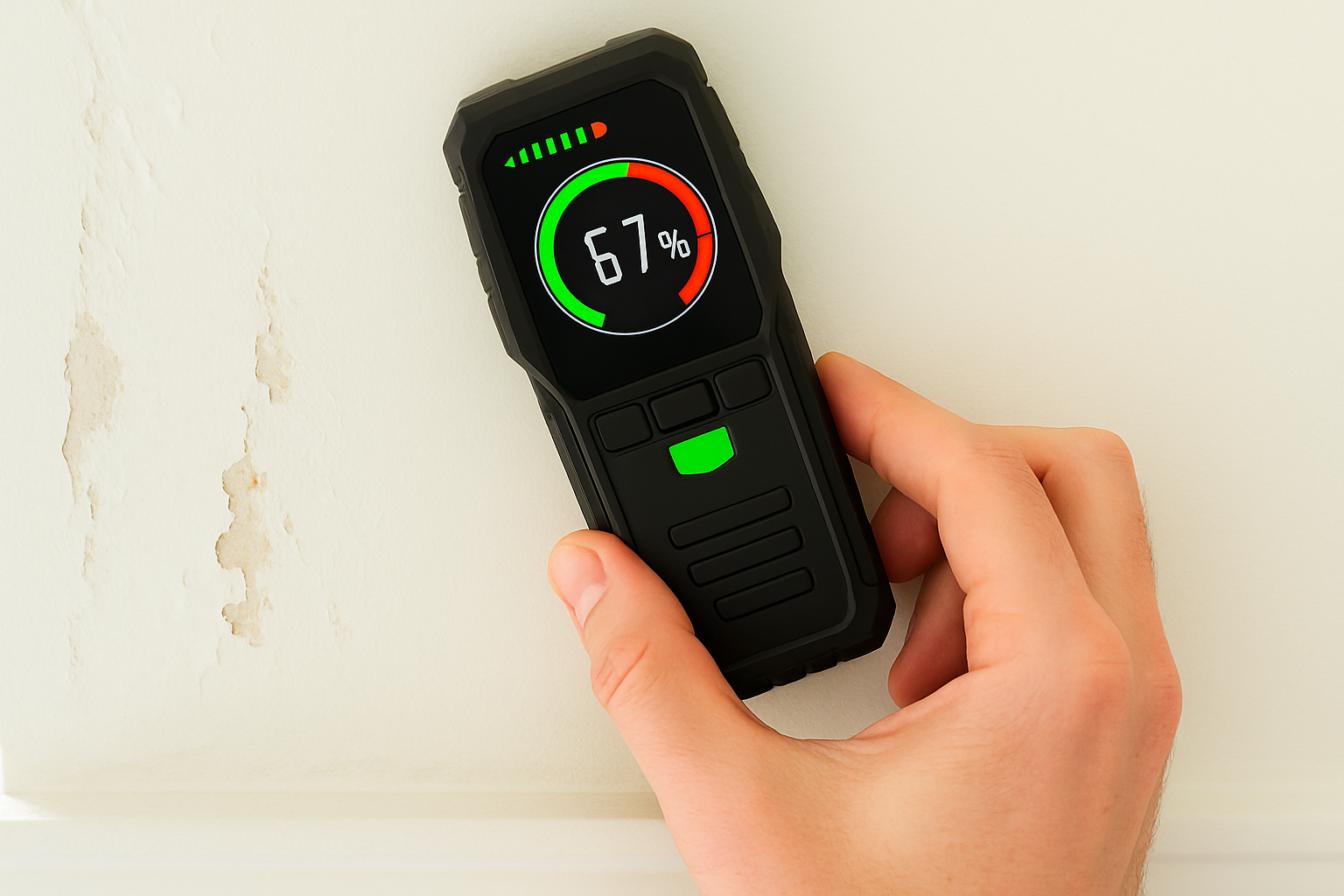Moisture is one of the biggest hidden threats to your home. It can warp trim, bubble drywall, rot framing, and even crack concrete slabs over time. The tricky part? You can’t always see it until the damage is already done. That’s where moisture meters come in. They let you measure what’s happening inside walls, trim, and slabs — before problems turn into costly repairs.
Being proactive with moisture detection can save homeowners a significant amount of money down the line. Catching hidden moisture issues early—before they lead to structural damage or mold growth—means you can address problems while they’re still manageable and affordable. Regularly using a moisture meter during your home maintenance routine helps you identify potential trouble spots, whether it’s a leaky pipe behind drywall, rising damp in floors, or moisture intrusion around windows.
In this guide, we’ll break down the two main types of meters (pin vs. pinless), explain where each one works best, and share some trusted options you can buy today.
Pin-Type Moisture Meters: Accuracy With Tiny Holes
Pin meters use two sharp probes that you press into wood, drywall, or trim. They measure resistance between the pins, which changes with moisture content.
When to use:
- Checking wood trim or studs for hidden rot.
- Testing baseboards or sill plates near a damp basement wall.
- Pinpointing small problem spots before replacing material.
Pros:
- Very accurate readings.
- Good for exact testing in small areas.
Cons:
- Leaves tiny holes (not ideal on finished surfaces).
- Slower if you need to cover a wide area.
👉 Good Pick: General Tools MMD4E Pin-Type Moisture Meter – a popular, affordable meter that’s easy for homeowners.
Pinless Moisture Meters: Scan Without Damage
Pinless meters use a flat sensor pad that you press against the surface. Instead of poking holes, it uses an electromagnetic signal to detect moisture.
When to use:
- Checking large drywall sections for leaks.
- Scanning hardwood floors or concrete slabs.
- Quick sweeps over walls after a plumbing leak.
Pros:
- No holes or surface damage.
- Fast coverage across wide areas.
Cons:
- Less precise for exact moisture levels.
- Can read inconsistently if the surface is uneven.
👉 Good Pick: Klein Tools ET140 Pinless Moisture Meter – highly rated for accuracy on floors and walls.
Which One Should You Buy?
The best choice depends on how you plan to use it:
- Pin meter = detailed, spot-check accuracy (think trim, studs, small areas).
- Pinless meter = fast, non-destructive scanning (think drywall, slabs, floors).
Many pros carry both because they complement each other. You can scan with pinless to locate trouble areas, then confirm with a pin for exact readings.
👉 Combo option: Klein Tools ET140 Pinless Moisture Meter for scanning, plus General Tools MMD4E Pin-Type Moisture Meter for spot checks.
Homeowner Tips for Using a Moisture Meter
- Take a baseline: Measure a “known dry” wall or trim piece for comparison.
- Check more than once: Scan multiple areas to confirm moisture isn’t localized.
- Watch for patterns: High readings near floors or windows often signal drainage issues.
- Don’t ignore concrete: Slabs can wick moisture upward into flooring.
- Log results: Write down your readings (use a maintenance logbook) so you can track changes over time.
Final Words
A moisture meter is one of the simplest tools to protect your home from hidden water damage. Whether you go with pin, pinless, or both, the key is to use it regularly and trust the data more than a contractor’s “eyeball test.”
🔧 Top 2 Moisture Meters for Homeowners
- Best Budget Pin Meter
👉 General Tools MMD4E
Accurate spot checks for wood, drywall, and trim. Great entry-level choice. - Best Pinless Scanner
👉 Klein Tools ET140 Pinless Moisture Meter
Scan walls, slabs, and floors fast — no holes, no damage.




